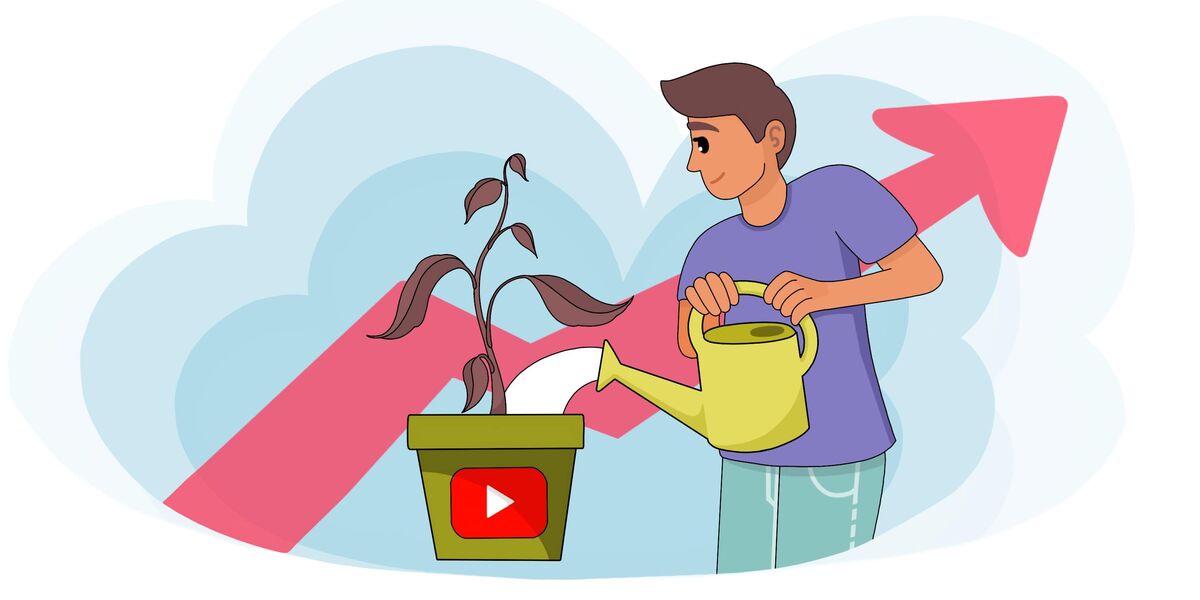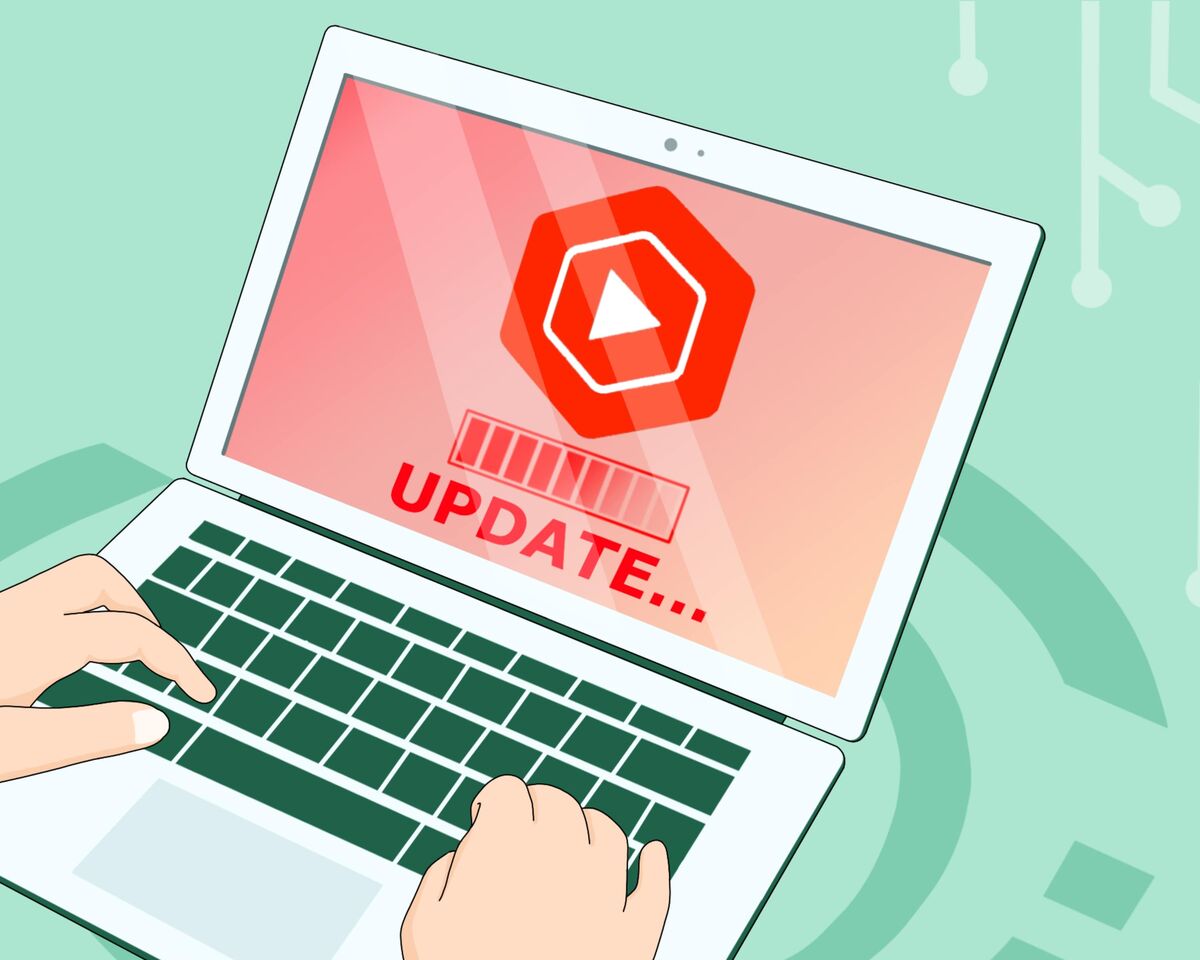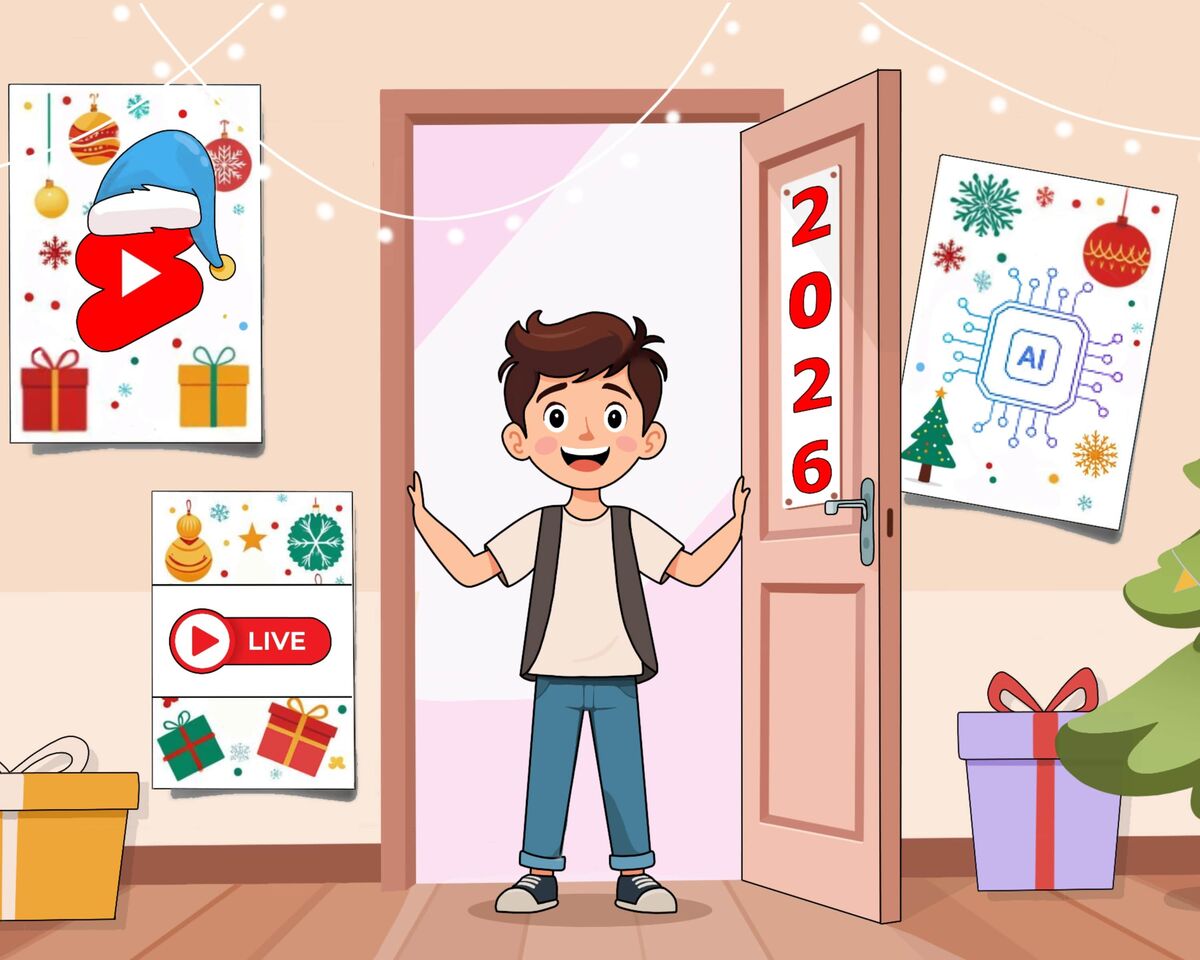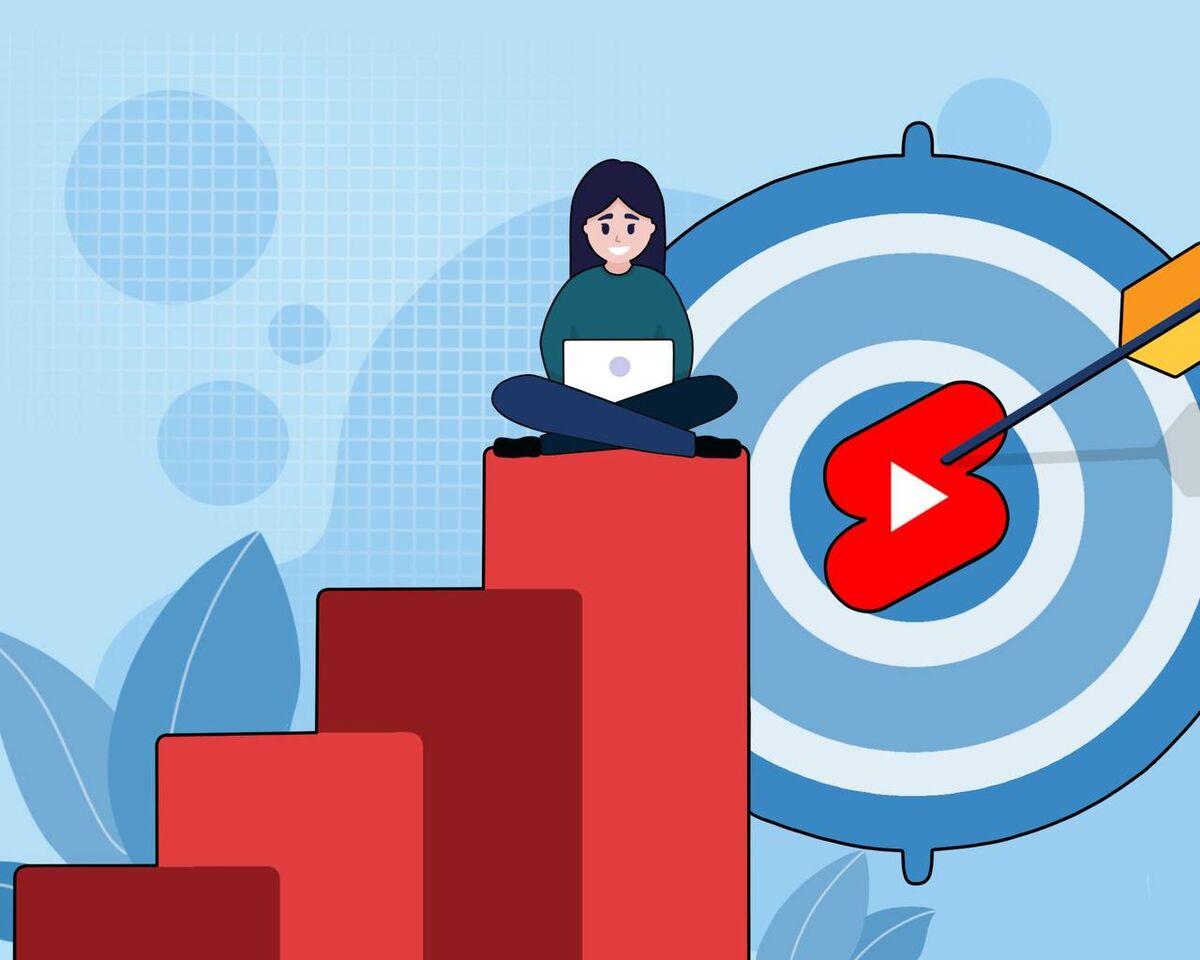How to Spark New Growth on Your YouTube Channel

We will definitely try to answer this question today, but first you will have to accept the following thought: there are no guarantees that you will definitely be able to revive your channel. Just as there are no 100% guarantees that your channel as a whole will become successful.
All this is because there are too many variables in the equation with the answer “a successful YouTube channel.” These are the channel’s topic, the format of the content, its quality, and the methods you use for promotion.
But on YouTube there are strategies that help in most cases. And for channels that for some reason have fallen into decline, such strategies also exist.
Dying and dead channels can be divided into the following categories:
-
A channel that doesn’t gain views or a new audience after changing its topic
-
An abandoned channel to which the creator returned after some time
-
A channel that has reached a plateau, with views and subscribers neither going down nor up
-
A channel whose metrics have started to decline for unknown reasons
Today we will focus on the first two cases, and for each of them determine whether it is worth rushing to bury the channel, or if there is a chance to save it.
Case #1: The channel’s topic has changed
This is the simplest problem, both in terms of reasons and solutions: when the topic changes, we always create a new channel. That’s it—there is no other solution.
Let us explain why.
- What does a topic change look like to viewers?
Imagine this: you subscribed to a wonderful fishing channel, and you like the creator, their presentation, the quality, basically everything.
And suddenly, after some time, they buy an SUV, and their once-great fishing channel slowly—or for some, quickly—turns into an automotive channel, because the blogger’s interests have changed.
But the subscribers’ interests haven’t changed.
Yes, there are examples where the audience’s interests adapted to the new channel topic, but these are rare cases. In 99% of cases, channels simply die after such a change.
Imagine that previously, about 70% of the creator’s regular audience watched each video.
Here we are talking both about those subscribed to the channel and those who regularly return to watch new videos. After the topic change, only about 2–5% of viewers remain—people who watch the creator simply because they like them, while the topic itself is less important.
- What does this look like for YouTube?
The platform found the creator’s target audience for their original topic.
After each new video was released, YouTube showed it to interested viewers, saw engagement, and then started showing it to other viewers whose interests matched that content.
Now the topic changes, the platform continues showing the new videos to the same audience, and viewers start refusing to watch them in large numbers.
YouTube has already recorded your videos as relevant to a certain group of people, and if they stop watching, it won’t look for a new audience—there’s plenty of other quality content available.
Even if you try mixing the new topic with the old one, it won’t end well.
Viewers will again refuse to watch your videos on the new topic, YouTube will interpret this as a negative signal, reduce impressions, and your once-successful channel will sink.
This is exactly why we are so categorical: new topic = new channel.
Is there a possibility for a shadow ban here?
No. This outcome is logical—it’s not that YouTube turned against you; you made the mistake yourself, and your own viewers stopped watching.
Case #2: Reviving an abandoned channel
Let’s think about this too: what does reviving a channel look like for viewers?
You subscribed to a creator because you liked their topic, you liked them, the format, the presentation, and so on.
But over time, the creator stopped producing content: they disappeared from your view, their videos no longer appeared on your homepage, and after a while, you completely forget about them and the fact that you were subscribed.
In this magical way, the subscriber count turns into empty numbers: people are subscribed, but they don’t even remember the subscription anymore.
Then comes the triumphant moment: the creator returns to YouTube and releases a new video, and, believe it or not, it may even appear on subscribers’ homepages.
A new video can appear in recommendations after a hiatus only if your topic is still among viewers’ interests.
People are different, and for some, a creator who disappeared from the radar for a long time is considered untrustworthy, so it’s better to unsubscribe.
And you know what? That’s actually great. If a viewer who was interested in the topic before the hiatus has lost interest during the break—it wasn’t your viewer.
If an audience remains interested in the topic but, upon seeing your video in recommendations, chooses to unsubscribe rather than watch it—that’s not your audience either.
And you don’t need all the audience; you need a targeted and active one.
Believe me, it’s much worse when thousands of deadweight subscribers remain, who will never watch your content.
- Okay, how does YouTube see all of this?
If nothing was deleted from the channel, all viewer data will be preserved. But since the channel has already shown instability in content release, you shouldn’t expect a huge number of impressions right away.
If your audience suddenly starts actively watching and engaging with the very first uploaded video, of course, you could get a spike in views—but let’s be realistic: this is not a common situation.
But we have another problem.
Will YouTube interpret mass unsubscribes as a negative signal?
It depends on the ratio of views, unsubscribes, and new subscriptions.
In the general analytics, there is no exact number of subscriptions and unsubscribes. You can check this information on the graph and make an approximate estimate.
Therefore, unsubscribes won’t appear “massive” to YouTube if they roughly balance out.
But there’s yet another problem: the number of subscribers a channel has may not watch your new video.
As we mentioned above, this situation can affect channel recovery even more than unsubscribes.
And the following point still applies: “If previously 70% of your audience watched your videos after release, but now each new video gets less than a third of views from your regular audience, the platform will naturally reduce impressions.”
Unfortunately, the reality is that without quality audience engagement, it will be difficult to get impressions and grow a new, fresh, and active audience.
Does this mean that reviving an abandoned channel is impossible?
No, it doesn’t. Everything is possible. But, as with running any YouTube channel, you need a promotion strategy and consistency. And since you’ve read this article to the end, it’s clear that you are interested in helping your channel succeed. 😉




